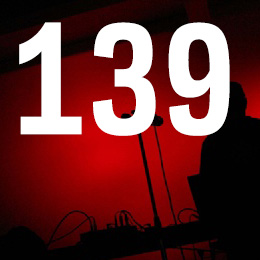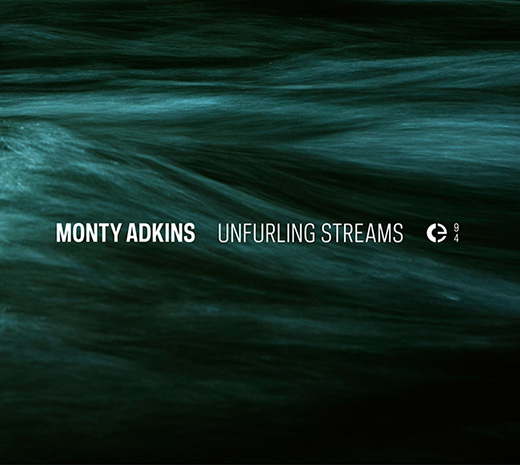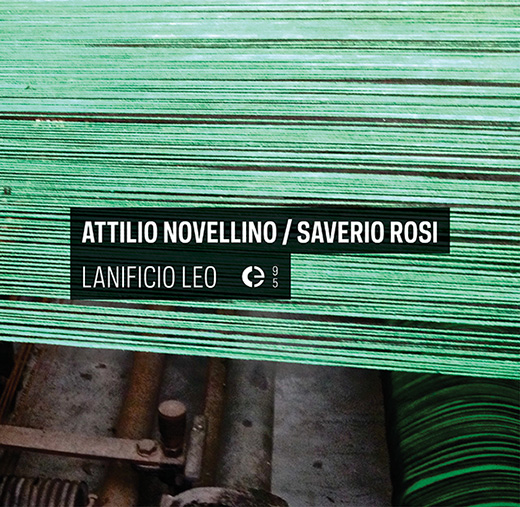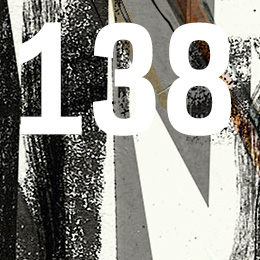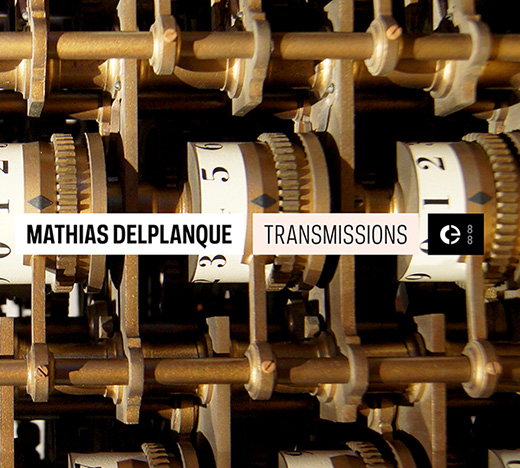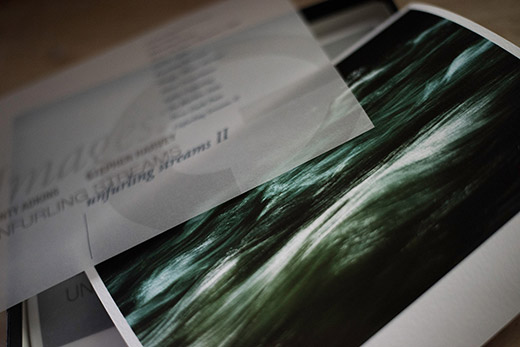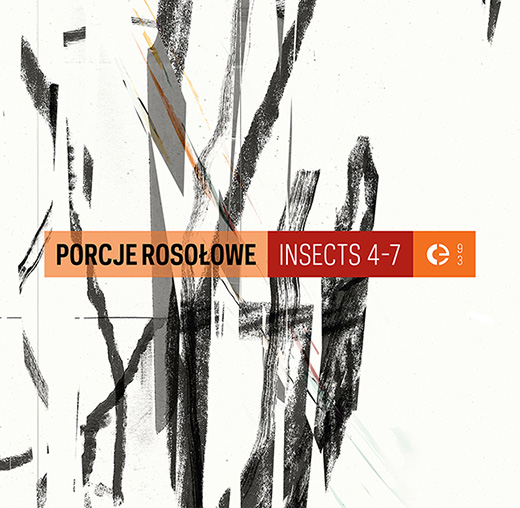
Chyba nigdy dotÄ…d, żaden muzyczny eksperyment, bardziej adekwatnie nie oddawaÅ‚ terminu “owadzia elektronika”, jak elektroakustyczny koncept duetu Porcje RosoÅ‚owe. To twierdzenie mogÅ‚oby być zasadne, gdyby nie pewien szkopuÅ‚. Owadów tu nie ma.
W marcowym wydaniu Kwartalnika Kulturalnego “Opcje”, ukazaÅ‚ siÄ™ intrygujÄ…cy tekst RadosÅ‚awa Sirko “DźwiÄ™k w kontekÅ›cie post- i transhumanizmu. Muzyka zwierzÄ…t, roÅ›lin, komputerów”, bÄ™dÄ…cy rozważaniem nad statusem audialnoÅ›ci, nie bÄ™dÄ…cej wytworem czÅ‚owieka. Jego autor sugerowaÅ‚, że porzucajÄ…c antropocentrycznÄ… interpretacje kultury, powinniÅ›my być gotowi na dopuszczenie do Å›wiadomoÅ›ci, istnienie ekspresji pochodzenia organicznego, nie bÄ™dÄ…cej elementem dziaÅ‚alnoÅ›ci czÅ‚owieka. W swoim eseju Sirko (poruszajÄ…cy, jak mi siÄ™ zdaje, tÄ… koncepcje również jako muzyk, Duy Gebord na ostatnim swoim albumie “Mildew”) bierze pod uwagÄ™ audialność Å›wiata organicznego, jako kategoriÄ™ kulturowÄ…. PodajÄ…c seriÄ™ barwnych przykÅ‚adów autor, a wraz z nim czytelnik, zastanawiajÄ… siÄ™ gdzie przebiega granica miÄ™dzy komunikacjÄ… akustycznÄ…, a kreacjÄ…, oraz gdzie i czy w ogóle rozpoczyna siÄ™ Å›wiadoma ekspresja okreÅ›lona jako “muzyka zwierzÄ…t”.
Arcyciekawe zagadnienie biomuzyki, jest również obiektem artystycznego eksperymentu, jakiego dopuÅ›cili siÄ™ Mateusz Wysocki i Lech Nienartowicz, tworzÄ…cy duet Porcje RosoÅ‚owe. Wydany dla portugalskiego labelu Crónica materiaÅ‚ “Insects 4-7” jest kontynuacjÄ… ich wielokontekstowego eksperymentu, z pogranicza preparowanego field recordingu, dźwiÄ™kowego mocumentu i biomuzyki wÅ‚aÅ›nie.
“Owady fascynowaÅ‚y mnie odkÄ…d pamiÄ™tam, ale przez dÅ‚ugi czas nie myÅ›laÅ‚em o nich w kategoriach muzycznych. PrzeÅ‚omowy byÅ‚ chyba moment, w którym znalazÅ‚em zestawienie miażdżącej biomasy owadów z blado wypadajÄ…cÄ… przy niej biomasÄ… reszty zwierzÄ…t. Fakt, że to owady rzÄ…dzÄ… ekosystemami, a jednoczeÅ›nie sÄ… sÅ‚abo rozpoznane i funkcjonujÄ… niejako w ukryciu, podziaÅ‚aÅ‚ jak należy. ZaÅ‚ożyÅ‚em wiÄ™c projekt Rzut Znajomym i nagraÅ‚em minutowy album poÅ›wiÄ™cony trzem owadom. W tamtym czasie Lecha i mnie pociÄ…gaÅ‚a możliwość zredukowania materiaÅ‚u muzycznego do podstawowych zagadnieÅ„, takich jak barwa, szum, ziarno czy cisza, wiÄ™c postanowiliÅ›my, że wspólnymi siÅ‚ami rozwiniemy temat.” – tak o inspiracjach projektu, opowiadaÅ‚ mi rok temu jego współautor Mateusz Wysocki. Zamiast zatem z pasjÄ… entomologa i zaciÄ™ciem rejestratora nagraÅ„, terenowych udać siÄ™ na dźwiÄ™kowe Å‚owy, w celu zapisania na taÅ›mie pejzażu akustycznego owadów, Wysocki i Nienartowicz, z wrażliwoÅ›ciÄ… godnÄ… inżynierów dźwiÄ™ku, w studio fabrykujÄ… dokument o życiu wyimaginowanych insektów. Aby uwiarygodnić swój eksperyment, czÄ™sto prezentujÄ… go w formie sugestywnej instalacji, w ramach której powstaÅ‚y specjalnie zaaranżowane akwaria, bÄ™dÄ…ce domniemanymi Å›rodowiskami żerowania tych owadów. Tak spreparowane ekosystemy zostaÅ‚y zaopatrzone w sÅ‚uchawki, dziÄ™ki którym widzowie instalacji mogli podsÅ‚uchiwać wirtualne robaki. DźwiÄ™kowa maskarada Porcji RosoÅ‚owych okazaÅ‚a siÄ™ na tyle wyrazista, że wielu odbiorców uwierzyÅ‚o, że ma do czynienia z autentycznymi owadami; “Justyna z GosiÄ… urzÄ…dziÅ‚y akwaria tak, żeby dawaÅ‚y zÅ‚udzenie obecnoÅ›ci owadów. Poza odbiorcami instalacji udaÅ‚o nam siÄ™ nabrać również kilku krytyków, ale nie mam im tego za zÅ‚e” – dopowiada Wysocki.
KreujÄ…c akustyczne panopticum, duet Wysocki Nienartowicz, wykorzystujÄ… do rejestracji preparów kontaktowe mikrofony, zachÅ‚annie poÅ‚ykajÄ…ce każdy szelest, czy pukniÄ™cie. Na “Inset 4-7” mamy do czynienia z dźwiÄ™kowÄ… abstrakcjÄ…, pozbawionÄ… jakiejkolwiek sekwencyjnoÅ›ci, oraz reguÅ‚ kompozycyjnych, tożsamych z narracjÄ… muzycznÄ…. “Organiczne” impresje, zÅ‚ożone sÄ… z szerokiej gamy mikrodźwiÄ™ków, chrobotów, trzasków, glitchów, pisków, cykaÅ„, szumów, nawarstwionych i momentami intensywnie zdynamizowanych.TworzÄ… one gÄ™ste, ażurowe faktury, oschÅ‚e, chropowate i odhumanizowane.
Sztuka imitowania terenowych nagrań, zdaje się polegać na idealnej mistyfikacji i obarczona jest ironią typową dla mockumentu (sfingowanego dokumentu). Wysocki i Nienartowicz wykreowali audiosferę uciekając od prawideł logiki i kompozycji, podejmując próbę mimikry, poprzez upodobnienie swej ekspresji do akustyki świata przyrody. Nasłuchując niesymetrycznych konstrukcji, nie wychwytując powtórzeń, nie odnotowując obecności dramaturgii i narracji, tracimy z pola widzenia człowieka. Jeśli zatem biomuzyka jest próbą odnalezienia śladu ekspresji (traktowanej jako kategoria kultury), w akustycznym środowisku zwierząt (a także roślin), oraz organizacji odgłosów pozaludzkich, w ramy logiki i kompozycji, tak eksperyment Porcji Rosołowych, jest odwrotnością tego założenia. Jest artystycznym gestem kreacji, który stara się zakamuflować sam siebie. Jeśli badacze biomuzyki szukają dowodów, aby traktować odzwierzęcą aktywność akustyczną jako muzykę, tak Porcje Rosołowe wychodząc od silnego konceptu, próbują porzucić wszelkie ślady muzyczności, pogrążając swe kompozycje w organicznym chaosie. Bartosz Nowicki
via raz/uchem/raz/okiem
